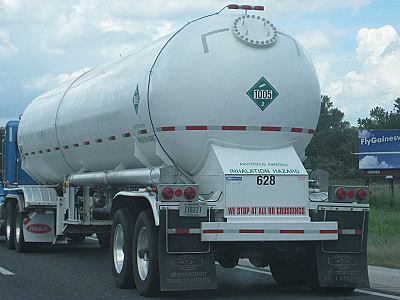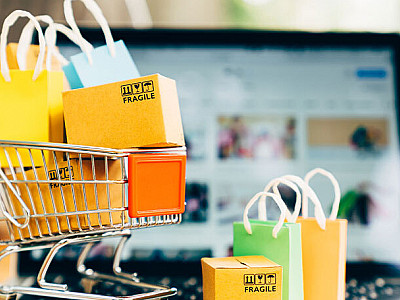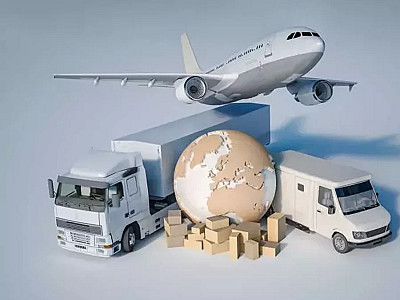Understanding the Opportunities of Insurance in Indonesia
An overview of the current trends within Indonesia's insurance industry.



With the largest geothermal potential in the world, Indonesia is preparing itself to support ammonia development. Currently, ammonia is strengthening as the new green energy technology to curb emissions in various parts of the world. Ammonia is also a medium for hydrogen distribution, especially for future energy sources.
President Director of PT Pupuk Indonesia (Persero), Bakir Pasaman, said that the current trading volume of ammonia has reached 21 million tons worldwide. This number is predicted to grow into 30 million tons by 2030.
On this occasion, Mr. DF, a specialist in the ammonia manufacturing sector, provided us with insights into the expansion of the ammonia industry in Indonesia.
In Indonesia, natural gas is primarily utilized to produce ammonia. The actual process is broken down into multiple steps.
As you know, natural gas consists of CH4 components. We need to convert carbon into synthetic gas. The result will be CO2 and hydrogen. However, to create ammonia, we only need the hydrogen part.
It's a must that when trying to convert natural gas into synthetic gas, there will be impurities such as CO2 and CO. Therefore, we need to continue to the next process and remove CO2 from the element.
This procedure is referred to as a CO2 removal unit. We take CO2 out of the ecosystem in this step. Yet, particularly for urea, ammonia factories are frequently integrated with fertilizer manufacturers. Since CO2 is one of the ingredients required to generate urea, it can be advantageous for the manufacturers as they won't need to waste CO2.
The ammonia processing flow does not end here. Next, we'll be entering the purification stage. It's where we convert hydrogen and make it react with nitrogen to become NH3 (ammonia).
The output of this process is ammonium gas. Unfortunately, it's difficult for us to transport ammonium in its gaseous form. We need to compress and cool it into becoming liquid ammonia, which is smaller in volume and easier to transport.
This is how the general flow process of ammonia manufacturing in Indonesia.
From 2015 to 2019, most manufacturers use KBR, an American licensor, as their provider. In second place, we have Haldor Topsoe (HT) from Denmark, followed closely by tkIS (ThyssenKrupp).
These are the top three licensor providers the world had before 2019, and Indonesian factories mostly use KBR’s services as well as almost 50% of other ammonia manufacturers in the world. However, from 2020 to 2026, there is a prediction that KBR’s clients will be reduced to only a fourth of total services, while HT’s market, along with possible new and unknown licensor providers, will grow in size.
Why is this happening?
Many unknown players will enter the market after 2020 since there will be a need for a new, greener method of producing ammonia. The method we have gone over previously is the conventional method of producing ammonia, while in the future, green ammonia will have a relatively much different way of production.
To be honest, the technology itself is not that different. The efficiency is also pretty similar. All that's left is which provider can give you the cheapest price.
If the technology and the efficiency rate are similar, then how can the cost difference be?
To start with, no matter if it's KBR, HT, or another provider, they will merely provide you with the primary power plant. They will find a third-party vendor to help you with the plant construction, the equipment, and other necessary utilities.
How do they choose the vendor? The licensor typically launches a bid process and selects which vendors they will collaborate with. After some negotiations, you will then receive the final cost for both the power plant and the construction process.
Most ammonia manufacturers in Indonesia are currently selling ammonia to Southeast Asia countries. The dominating usage is for industrial applications, not only for fertilizer but also for ammonium nitrate. The rest is used for experiments and trials, especially for the power plants.
For example, in Japan right now, there are many trials involving the use of ammonia in combination with existing coals. Basically, they co-fire both to reduce emissions.
It's similar to what's happening in the rest of the world. In 2021, seventy to eighty percent of ammonia is used for fertilizer, while around twenty percent is used for industrial applications.
In 2035, however, there will be a significant change in using ammonia. New sectors, such as ammonia for bunker fuel, will emerge. This is the essence of the application of ammonia for the new energy transition and, hopefully, will support the world’s zero emission program further.
Contact us to explore more about the current trends in the ammonia industry and be connected with our expert network in Indonesia.
Subscribe to our newsletter, and stay updated with the latest insights on various industries.
About Mr. DF:
Mr. PD has 7 years of experience in the Chemical and Engineering industry. He also has over 7 years of experience in giving process engineering training. In his current role, he takes responsibility for reviewing potential markets, selecting technology licensors, and formulating business modeling and partnership schemas. Mr. DF is an expert in green fuels, sustainability business, and petrochemical industry.
We will give you updates of our latest news
An overview of the current trends within Indonesia's insurance industry.

One of Askpert's advisors had the opportunity to share his insights about the expedition industry.

Our advisor shares insights on how ecommerce enablers have been helping brands in Indonesia.

The logistics and supply chain industry has been becoming more and more attractive to investors in recent years. One of Askpert's advisors had the opportunity to share his insights about investing in the industry.
